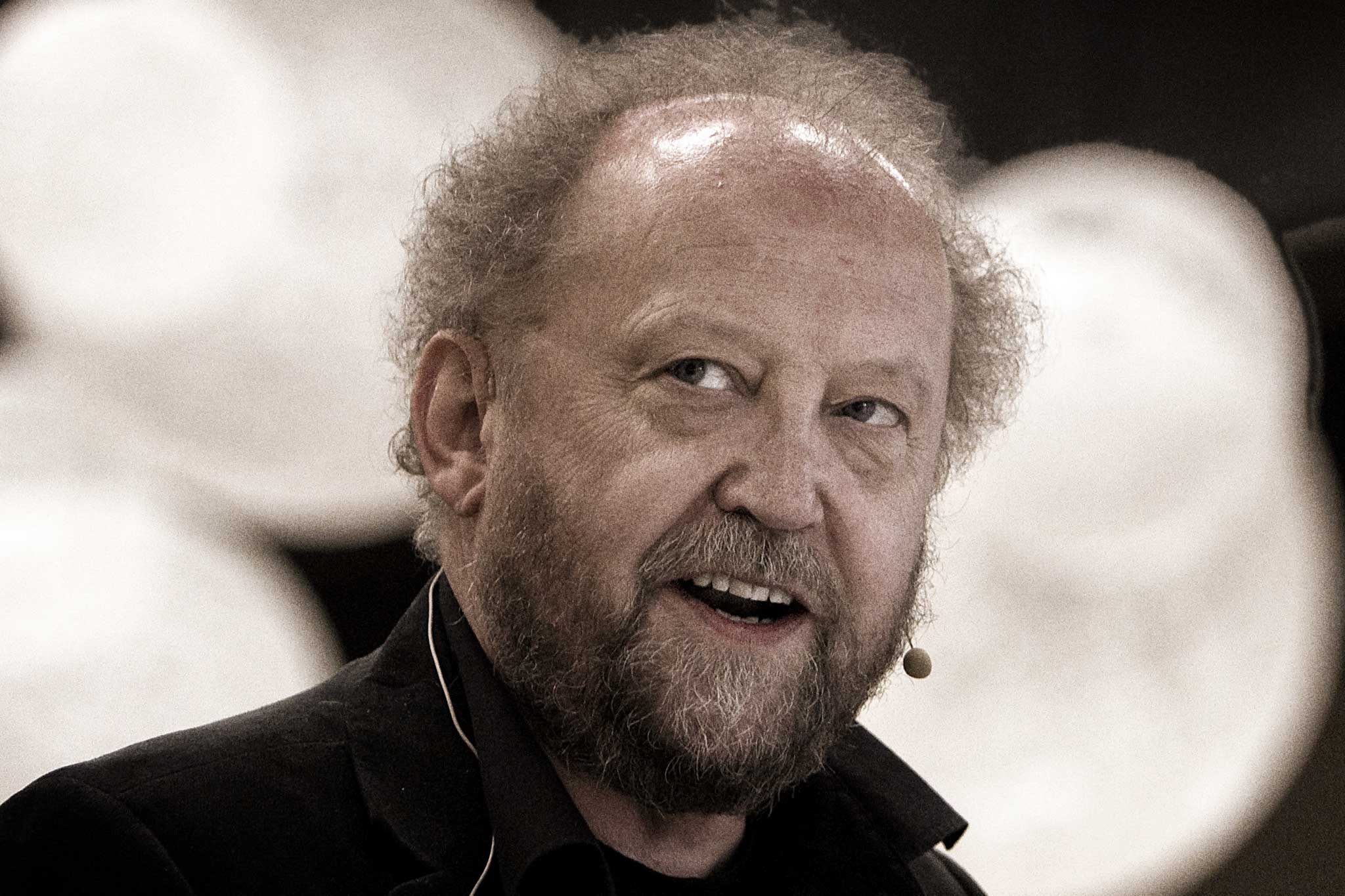I have always wondered about the struggle between the various supporters of digital, hybrid, and face-to-face meetings. The benefits of each have been argued about for at least the last twenty years but we have all forgotten what has already been discussed and are repeating the same old arguments. This is due to the Ebbinghaus Curve. The Curve shows us that we often cannot remember what happened five years ago, or even the day before yesterday. Consequently, it is no surprise that we have forgotten industry debates from two decades ago.
Hermann Ebbinghaus, born in 1885, was a German psychologist and a pioneer in the study of memory. Ebbinghaus’s methods were experimental, he was a trailblazer in psychology, and the first to systematically study how we forget things over time. On an intuitive level, we are all aware of the phenomenon of forgetting, which is why we repeat, write down and otherwise store information we do not want to forget. However, we are all travelling along what Ebbinghaus called the oblivion.
Ebbinghaus was the first psychologist to scientifically study memory, or at least the first to try. He studied at the University of Bonn, receiving his doctorate in 1873. As Ebbinghaus developed his abilities as a researcher, he increasingly felt the need to apply quantitative methods to measure mental processes and believed there were good ways to measure psychological aspects He was therefore his own research object. He wanted to study the phenomenon of forgetting that we all experience. Consequently, by experimenting on himself, he was able to define what we now call the forgetting curve.
Ebbinghaus conducted a series of experiments using the equipment available at the time. His goal was to describe our memory functions based on a series of laws and to achieve this he used a variable that we are exposed to every day: time. For example, he performed a recall test to explore memory. It was based on repeating phrases with deliberately omitted words. The idea was to discover something about how learning and forgetting worked. His results included a range of findings including the fact that everything we remember and learn has three phases: codification, storage and recall. In the first phase, we codify information, then translate it into the language of the nervous system and make room for it in memory. The information will then be retained for a certain period in the storage phase. In some cases, this phase is relatively short, and information in short-term memory for example lasts for only 15–20 seconds.
A typical Ebbinghaus forgetting curve shows how we forget most of the information we have learned within a few days or weeks. Specifically, this happens if we do not work to retain the data through practice and other memory tools. So, if you want to remember something, you must first review the information again within an hour of learning it and repeat the exercise over increasing time gaps to ensure retention. In a practical example, you must go through the information one day after learning it to remember 50 per cent of what you have learned. Two days later, you will only retain 30 per cent, and one week later, the figure will be close to three per cent.
Are you still trying to remember the debates from 20 years ago about digital, hybrid and face-to-face meetings? Are you still trying to decide what format to chose? Ebbinghaus’s research shows that we retain more of what we learn, when we learn in person. So, people will always need to meet face-to-face, and we will forget the rest, according to the Ebbinghaus Curve. We will even forget the discussion we had about whether to meet face-to-face.
